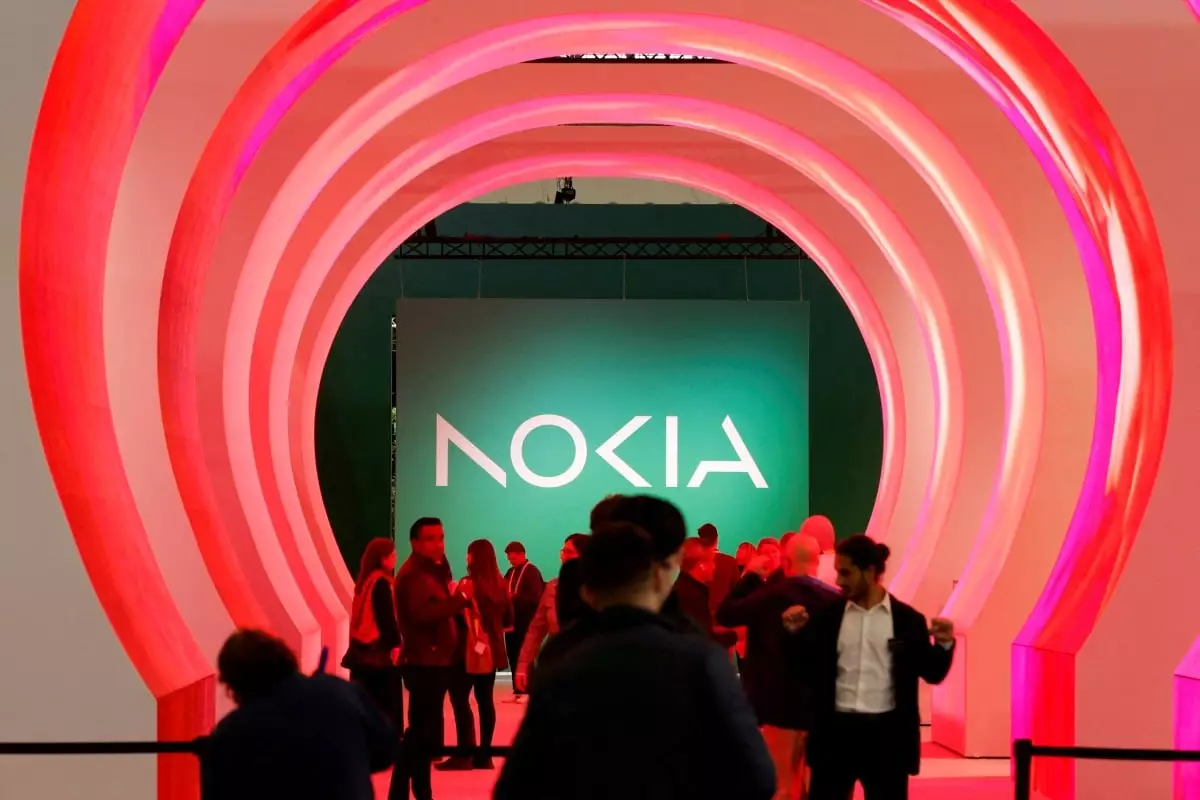Nokia’s recent announcement of its intent to purchase U.S. optical networking gear maker Infinera in a $2.3 billion deal is a strategic move that positions the Finnish company to benefit from the increasing investment in data centers to support the growing demand for artificial intelligence technology. With this acquisition, Nokia is set to surpass Ciena and become the second-largest vendor in the optical networking market, capturing a 20% market share, trailing behind Huawei. Huawei’s dominance in the market is attributed to the limited presence of Western companies in China, giving them a significant advantage.
Telecom equipment manufacturers have been facing challenges due to a decline in sales of 5G equipment, prompting them to explore new opportunities for market diversification. The surge in investments in artificial intelligence presents a lucrative avenue for growth, driving companies like Nokia to pivot towards areas such as AI. By acquiring Infinera, Nokia aims to expand its customer base and supply equipment to tech giants like Amazon, Alphabet, and Microsoft, who are heavily investing in building data centers to support the AI revolution.
Data centers play a pivotal role in the advancement of AI technology, relying on optical transport networks to facilitate seamless communication between electronic devices. Infinera’s expertise in intra-data center communications, focusing on server-to-server interactions within data centers, aligns well with the growing demand for efficient data processing and storage solutions. Nokia’s CEO, Pekka Lundmark, highlighted the strategic importance of this acquisition in bolstering the company’s presence in data centers, a critical market segment poised for rapid growth.
Following the announcement of the acquisition, Nokia’s shares surged by 4% in early trading, indicating a positive reception from shareholders. Despite the expected dilution associated with cash-and-stock deals, investors remain optimistic about the long-term benefits of the acquisition. Nokia plans to finance 70% of the purchase price in cash, with the remainder in stock, aiming to achieve cost savings of 200 million euros post-closure of the deal in the upcoming year. While the purchase price may seem steep given Infinera’s fluctuating growth trajectory, analysts emphasize that potential synergies could justify the investment.
The acquisition of Infinera complements Nokia’s existing business operations, with Infinera deriving a significant portion of its revenue from the United States, while Nokia has a strong presence in Europe and Asia. This complementary nature of their geographic markets enhances the strategic fit of the acquisition, creating synergies in both cost of sales and operating expenses. By combining their resources and expertise, Nokia and Infinera aim to create a robust foundation for future growth and innovation in the competitive optical networking market.
Nokia’s decision to acquire Infinera represents a strategic maneuver to capitalize on the burgeoning demand for data center infrastructure driven by the growth of artificial intelligence technology. By expanding its footprint in the optical networking market and strengthening its position in data center communications, Nokia aims to position itself as a key player in enabling the AI revolution. The successful integration of Infinera’s capabilities with Nokia’s existing portfolio is expected to generate value for both companies and accelerate their growth trajectory in the evolving telecommunications landscape.


Leave a Reply